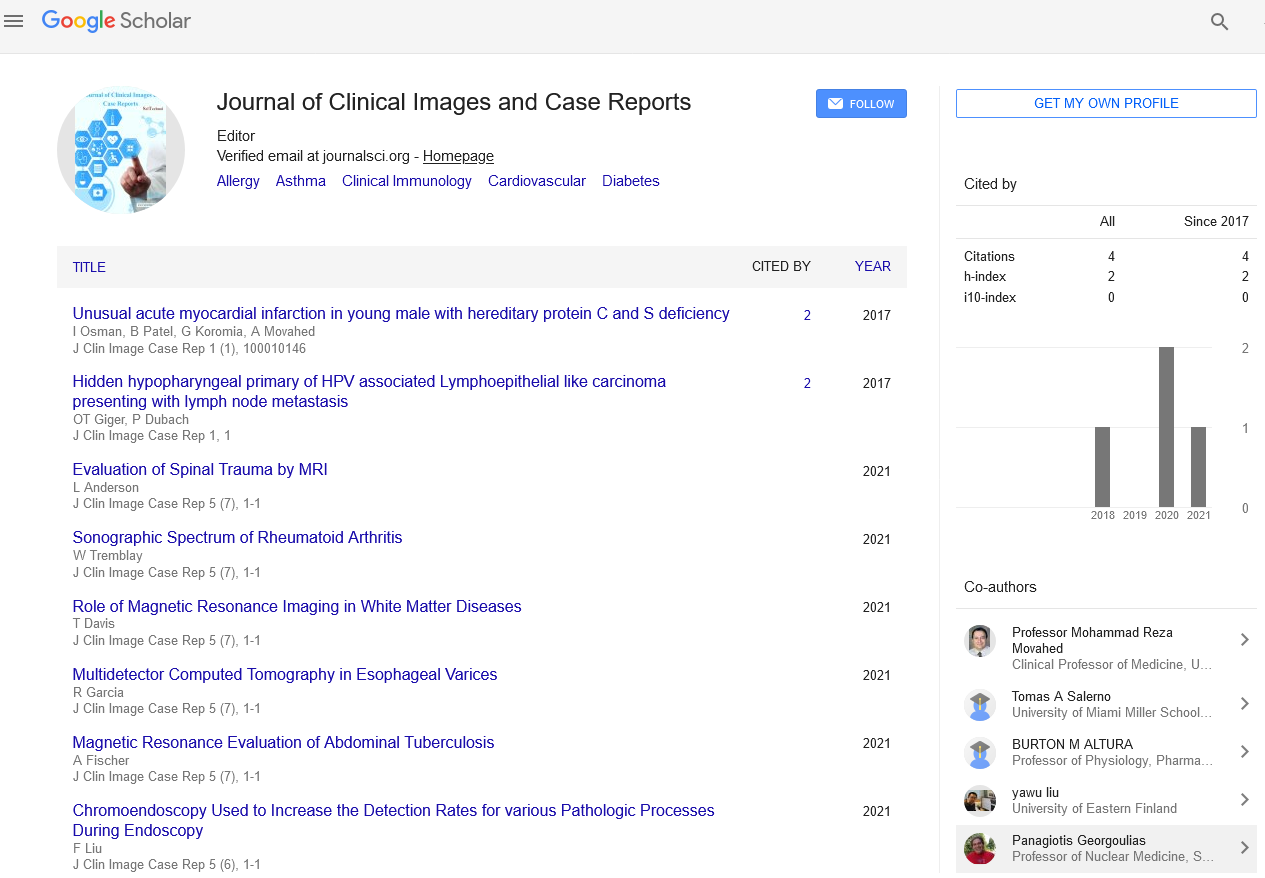Clinical Image, J Clin Image Case Rep Vol: 5 Issue: 8
Cutaneous Agrochemical Exposure Causing Arsenic Toxic Neuropathy
Vaibhav Mathur1*, Dinesh Khandelwal1 and Surabhi Mathur2
1Department of Neurology, SMS Medical College, Jaipur, India
2Department of Psychiatry, SMS Medical College, Jaipur, India
*Corresponding Author: Vaibhav Mathur
Department of Neurology, SMS Medical College, Nirman Nagar, Kings Road, Ajmer Road, Jaipur India
Tel: 8130141077
E-mail: drmathurvbhv@gmail.com
Received: July 15, 2021 Accepted: July 31, 2021 Published: August 07, 2021
Citation: Mathur V, Khandelwal D, Mathur S (2021) Cutaneous Agrochemical Exposure Causing Arsenic Toxic Neuropathy. J Clin Image Case Rep 5:8.
Keywords: Neuropathy, Cutaneous, Abdominal pain
Introduction
This young male, 33 years, from a rural background in north India, was working for a fertilizer firm, wherein they were assigned job of packaging of a new chemical fertilizer and were given protective wear for the same, which he mostly missed to use.
He used to work in that project for over 8–10 hours daily, regularly for around 25 days, followed by which he had to stop going owing to bouts of abdominal pain and vomiting. Later, after around 1 month, he noticed gradually progressive weakness of his handgrip and slippage of footwear while walking. There was associated numbness of distal extremities and his walking pattern changed in form of high steppage gait.
On presentation to hospital after 1.5 month of onset of these symptoms, he was noticed to have spotty “rain drop” skin pigmentation of limbs and trunk, mees’ lines on nails and associated sensory motor axonal neuropathy causing bilateral foot drop and distal hand weakness. The patient also told that another villager who worked in that project reportedly had developed similar symptoms.
Findings were typical of Arsenic toxic neuropathy; blood sample did not however detect high arsenic levels, probably owing to his delayed presentation. He was explained, reassured, and asked for testing of local drinking water for arsenic levels to avoid further affection of the residents, however exposure in our patient was likely due to chemical handling and cutaneous exposure (Figures 1 and 2).
 Spanish
Spanish  Chinese
Chinese  Russian
Russian  German
German  French
French  Japanese
Japanese  Portuguese
Portuguese  Hindi
Hindi 

